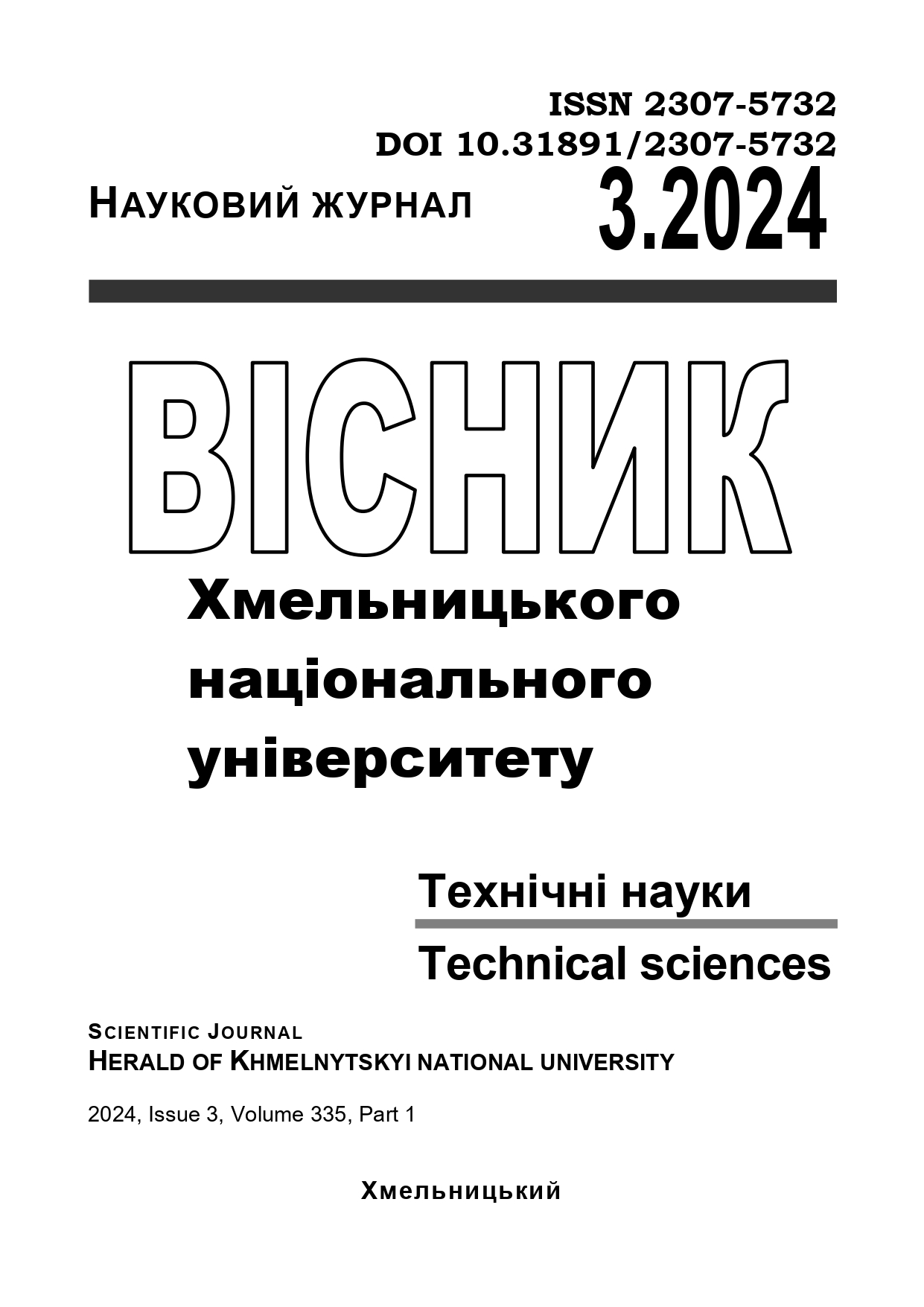PROSPECTS OF USING BIODEGRADABLE MATERIALS IN THE PRODUCTION OF ERGONOMIC TEXTILE PRODUCTS
DOI:
https://doi.org/10.31891/2307-5732-2024-335-3-62Keywords:
textile industry, biodegradable materials, buckwheat husk, orthopedic textile products, resource saving, sustainabilityAbstract
The article considers the use of buckwheat husk in the production of orthopedic textile products, in particular pillows (caps), as an environmentally friendly and economically feasible solution. The physico-chemical properties were studied and it was established that buckwheat husk is a natural material that can be used without negative impact on the environment and human health.
Buckwheat husk easily adapts to the shape of the body, providing support and comfort during sleep or rest. It supports the head and neck well, which contributes to healthy sleep and reduces the load on the spine. Due to its structure, buckwheat husk has good thermoregulatory properties. It does not heat up during use, keeping you cool in summer, and does not cool down, keeping you warm in winter. Buckwheat bran has natural antibacterial properties, which reduces the risk of bacteria and mites breeding in textile products. This makes it a good choice for people with allergies or sensitive skin. Buckwheat bran is quite strong and retains its properties for a long time, which makes products with it more resistant to wear. Buckwheat husk does not have an unpleasant smell and does not accumulate extraneous odors over time, which is important for comfortable use.
After use, textiles with buckwheat hull filler can naturally decompose in the soil without negative impact on the environment. It is noted that buckwheat husk has such properties as: environmental friendliness, antibacterial, hypoallergenic and operational efficiency, which makes it a valuable resource in the textile industry.
Emphasis is placed on the use of resource-saving technologies for the care of textile products to increase their useful life. The use of buckwheat bran in the textile industry helps to reduce the harmful impact on the environment and creates textile products that combine high quality and innovative technologies.
Equally important, buckwheat husk, which was previously considered as a waste product of buckwheat production, is now gaining significant interest as a potential resource with a large number of possible applications in the textile industry, as well as for expanding the range of ergonomic textiles for disease prevention and rehabilitation.

